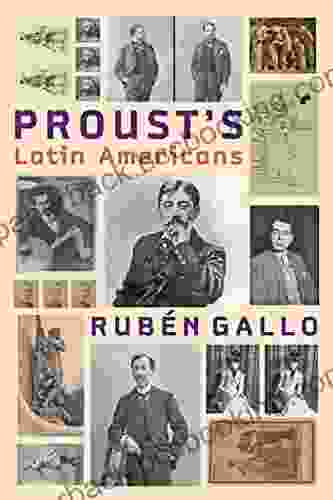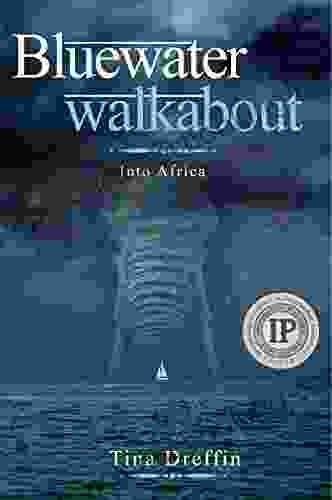Breaking Down the Science of Figure Skating Jumps: A Comprehensive Guide for Effective Training

4 out of 5
| Language | : | English |
| File size | : | 1168 KB |
| Text-to-Speech | : | Enabled |
| Screen Reader | : | Supported |
| Enhanced typesetting | : | Enabled |
| Word Wise | : | Enabled |
| Print length | : | 64 pages |
| Lending | : | Enabled |
Figure skating is a graceful and exhilarating sport that requires immense athleticism, artistry, and technical proficiency. Jumps are an integral part of figure skating, adding height and complexity to the performance. Understanding the science behind these jumps can significantly enhance training and improve jump execution.
Biomechanics of Jumps
Biomechanics is the study of how the human body moves. In figure skating, biomechanics plays a crucial role in understanding the forces and movements involved in jumps.
A typical figure skating jump consists of four distinct phases:
- Takeoff: The skater generates upward force by pushing off the ice with the takeoff leg.
- Flight: The skater rotates in the air, maintaining a certain body position and height.
- Landing: The skater lands on the ice with one or both feet and controls the impact.
- Recovery: The skater regains balance and transitions to the next element.
Each phase involves specific biomechanical principles and requires precise timing and coordination.
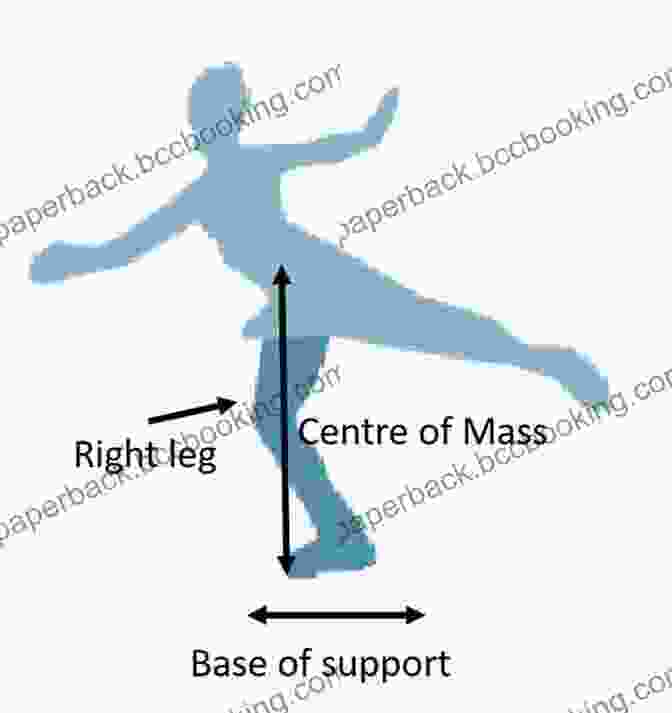
Physics of Jumps
Physics governs the motion and trajectory of figure skaters during jumps. Understanding the principles of physics can help optimize jump performance.
The following physical principles are relevant to jumps:
- Linear momentum: The skater initiates the jump by generating forward linear momentum during the takeoff.
- Angular momentum: The skater rotates in the air by conserving angular momentum. Faster takeoff speeds result in more revolutions.
- Gravitational force: Gravity pulls the skater down during the flight phase, affecting the height and trajectory of the jump.
- Aerodynamics: The body position and movement of the limbs influence the drag and lift forces acting on the skater, affecting rotation speed and jump height.
By considering these physical principles, skaters can refine their jump technique for improved performance.

Physiology of Jumps
Physiological adaptations are essential for successful figure skating jumps. Specific physiological attributes contribute to jump performance:
- Power: Powerful quadriceps and calf muscles provide the explosive force for takeoff and rotation.
- Flexibility: High levels of flexibility in the hips, knees, and ankles enable optimal body positioning and reduce the risk of injury.
- Endurance: Jumps require significant cardiovascular endurance, especially for multiple consecutive jumps or complex routines.
- Coordination: Highly coordinated movements and timing are essential for executing jumps with precision and control.
Through dedicated training, skaters can develop these physiological attributes to enhance their jumping abilities.
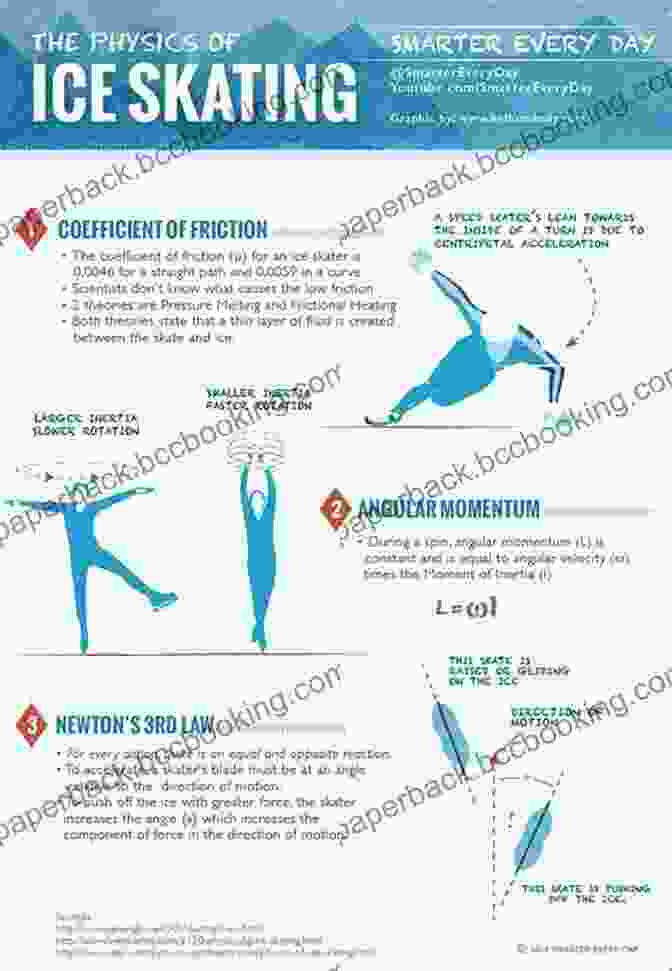
Training Strategies
Effective figure skating jump training requires a comprehensive approach that incorporates scientific principles and evidence-based methods.
Key training strategies include:
- Progressive overload: Gradually increasing the difficulty and intensity of jump training to challenge the body and promote adaptations.
- Plyometrics: Explosive exercises that simulate the takeoff phase of jumps, improving power and coordination.
- Core strengthening: Strong core muscles provide stability and support for jumping.
- Off-ice training: Specific exercises and drills can improve jump technique away from the ice, such as jump squats and jump boards.
- Video analysis: Recording and reviewing video footage allows skaters and coaches to identify areas for improvement and refine jump execution.
By following these training strategies, skaters can optimize their jump performance and minimize the risk of injury.
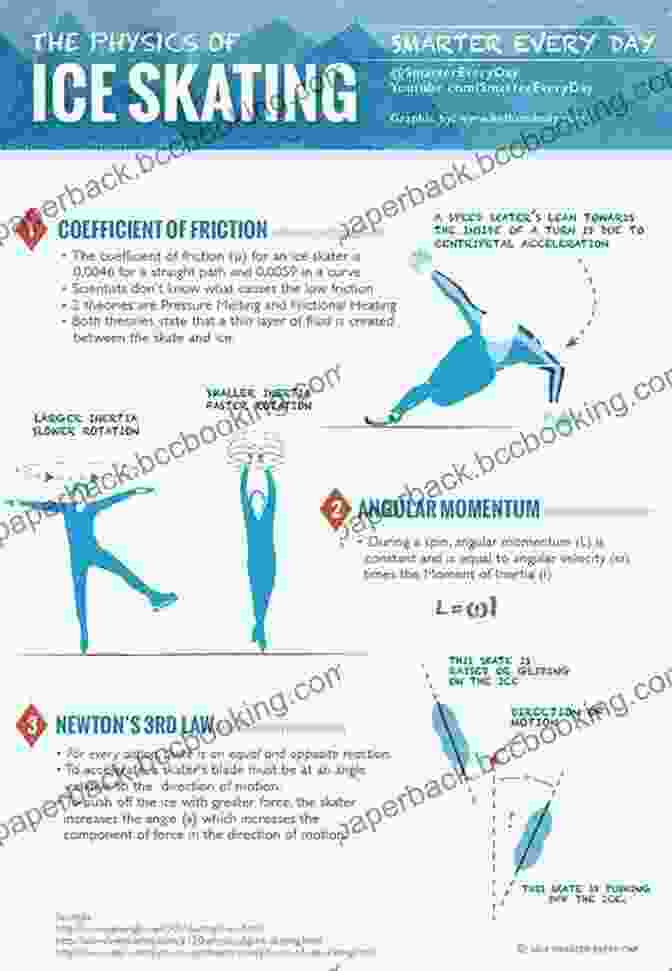
Understanding the science behind figure skating jumps provides invaluable insights for effective training and performance improvement. By applying biomechanics, physics, and physiology principles, skaters can optimize their jump technique, develop the necessary physiological attributes, and minimize the risk of injury.
This comprehensive guide empowers skaters, coaches, and enthusiasts with the knowledge and strategies to unlock their full potential in the captivating world of figure skating.
4 out of 5
| Language | : | English |
| File size | : | 1168 KB |
| Text-to-Speech | : | Enabled |
| Screen Reader | : | Supported |
| Enhanced typesetting | : | Enabled |
| Word Wise | : | Enabled |
| Print length | : | 64 pages |
| Lending | : | Enabled |
Do you want to contribute by writing guest posts on this blog?
Please contact us and send us a resume of previous articles that you have written.
 Book
Book Novel
Novel Page
Page Chapter
Chapter Text
Text Story
Story Genre
Genre Reader
Reader Library
Library Paperback
Paperback E-book
E-book Magazine
Magazine Newspaper
Newspaper Paragraph
Paragraph Sentence
Sentence Bookmark
Bookmark Shelf
Shelf Glossary
Glossary Bibliography
Bibliography Foreword
Foreword Preface
Preface Synopsis
Synopsis Annotation
Annotation Footnote
Footnote Manuscript
Manuscript Scroll
Scroll Codex
Codex Tome
Tome Bestseller
Bestseller Classics
Classics Library card
Library card Narrative
Narrative Biography
Biography Autobiography
Autobiography Memoir
Memoir Reference
Reference Encyclopedia
Encyclopedia Megan Sloan
Megan Sloan Scott A Mills
Scott A Mills Todd Havens
Todd Havens Paul Czajak
Paul Czajak Walker Deibel
Walker Deibel Lindsay Levin
Lindsay Levin Jana Laiz
Jana Laiz Sally Hogshead
Sally Hogshead Marlo Payne Thurman
Marlo Payne Thurman Will Corona Pilgrim
Will Corona Pilgrim Paul J Pastor
Paul J Pastor Matthias Biehl
Matthias Biehl Stephen Earle
Stephen Earle Lawrence L Steinmetz
Lawrence L Steinmetz Lindsay Hill
Lindsay Hill Maureen Carlson
Maureen Carlson Roy Macskimming
Roy Macskimming Linda Walvoord
Linda Walvoord Mei Yu
Mei Yu Reinhard Bonnke
Reinhard Bonnke
Light bulbAdvertise smarter! Our strategic ad space ensures maximum exposure. Reserve your spot today!

 Reed MitchellPractical Advice for Living Life and Facing Death: A Physician's Guide to...
Reed MitchellPractical Advice for Living Life and Facing Death: A Physician's Guide to...
 Chadwick PowellMagnificent Mabel And The Very Bad Birthday Party: An Enchanting Journey of...
Chadwick PowellMagnificent Mabel And The Very Bad Birthday Party: An Enchanting Journey of...
 Brent FosterThe Ultimate Guide To Drawing 10 Cute Christmas Characters And Things Step By...
Brent FosterThe Ultimate Guide To Drawing 10 Cute Christmas Characters And Things Step By... Austin FordFollow ·6.3k
Austin FordFollow ·6.3k Jamie BellFollow ·4k
Jamie BellFollow ·4k Cole PowellFollow ·12.6k
Cole PowellFollow ·12.6k Colton CarterFollow ·3.2k
Colton CarterFollow ·3.2k Trevor BellFollow ·18.7k
Trevor BellFollow ·18.7k Clark CampbellFollow ·2.7k
Clark CampbellFollow ·2.7k Robert HeinleinFollow ·10.4k
Robert HeinleinFollow ·10.4k Sammy PowellFollow ·16.8k
Sammy PowellFollow ·16.8k

 E.M. Forster
E.M. ForsterBluewater Walkabout: Into the Pacific
An Unforgettable...

 Joseph Foster
Joseph FosterUnlock the Secrets of Standardized Test Success with Test...
Are you tired of struggling with standardized...

 Joe Simmons
Joe SimmonsUnlock Learning with Flash Cards for Kindergarten:...
Ignite a Passion for...

 Raymond Parker
Raymond ParkerJourney into the Enchanting World of "The Heart Kingdom"...
A Timeless Tale of Love,...
4 out of 5
| Language | : | English |
| File size | : | 1168 KB |
| Text-to-Speech | : | Enabled |
| Screen Reader | : | Supported |
| Enhanced typesetting | : | Enabled |
| Word Wise | : | Enabled |
| Print length | : | 64 pages |
| Lending | : | Enabled |



